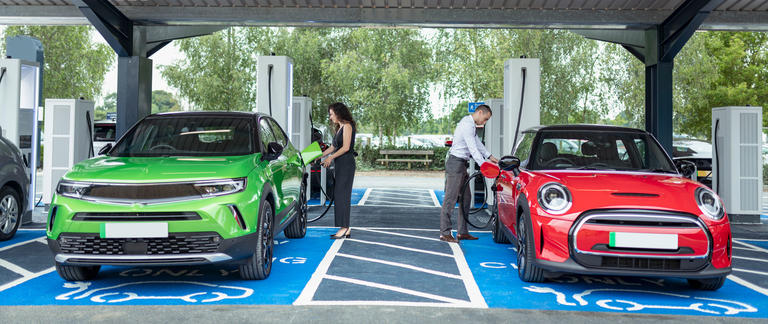What are the main barriers to increasing EV adoption?

Electric vehicle sales are booming — but is charging capacity keeping pace?
Electric vehicle (EV) adoption has exploded in less than a decade, growing from 120k sales in 2012 to 6.6 million in 2021, according to data from the IEA. This figure is expected to increase to 26.8 million by 2030. In fact, we have already reached — and in many cases exceeded — the 5% sales tipping point in many countries.
With that comes challenges. In 2020, there were 225k charge points. By 2050, when the IEA predicts all new cars sold will be EVs, this needs to grow to 18 million publicly available charge points. So while EVs are increasingly gaining in popularity, the EV charging infrastructure is not keeping up.
In fact, EV sales are outpacing public charging capacity by quite some margin: data by ABI Research reveals that in 2022 there were 7.9 EVs per public charge point, but that gap will widen to 8.5 by 2030, leading to more demand on a limited network.
Added pressure stems from the perception of EV range anxiety among consumers. Even though newer EV models have significantly longer ranges than their predecessors, the fear of running out of battery remains a barrier to many potential EV buyers.
And although this fear is often exaggerated (studies have shown that the average American driver travels less than 40 miles per day), the possibility of not being able to recharge in time is making potential EV owners think twice before making the switch.

The lack of charging infrastructure in many areas means that drivers may not have access to a charging station when they need one — especially those who don’t have a private parking space with its own charger.
The result can be long waiting times for the limited availability of public charging stations. For those who live in developing countries or rural areas, charge point rollout is sporadic and limited. Even in China, which has 760,000 fast charge points, more than 70% of them are located in just 10 provinces, according to the IEA.
More frustrating for EV drivers is the fact that when they do reach a public charge point, it might not work. 1 in 5 charging attempts was unsuccessful in the US last year. In the worst case, 39% of visits to US charging stations failed, and in Europe at any one time, 16% of public charge points are out of service.
As we cross the threshold from early EV adoption to mainstream use, the lack of reliable public charge point options remains a hurdle and does little to alleviate people’s fears about range anxiety. Solving this remains the key to unlocking ubiquitous EV ownership.
In the meantime, technology that tells drivers where they can charge and if that charge point is available goes a long way.
Many EVs come equipped with navigation systems that can inform drivers about the nearest charging station if and when they need it, helping mitigate the risk that their EV will run out of battery before reaching its destination.
In short, reducing the fear around range anxiety and educating consumers about the convenience and practicality of EVs can help to accelerate the transition to greener ways of getting around.
Have your say
Sign up for our newsletter
Why sign up:
- Latest offers and discounts
- Tailored content delivered weekly
- Exclusive events
- One click to unsubscribe


